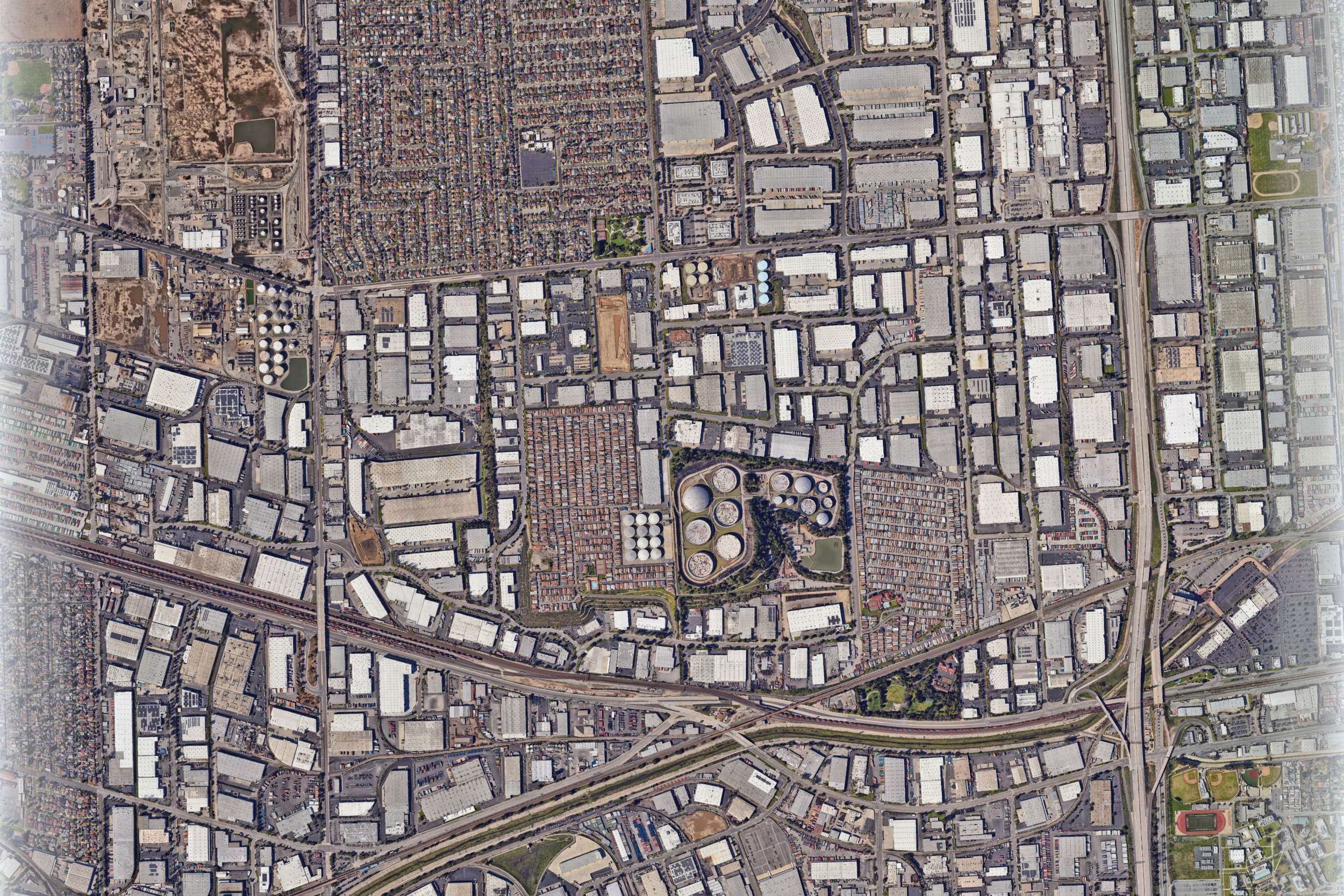
The sheer scale of urban development is truly astonishing. The above image was taken from Google Earth. The tiny dots near the top and middle are houses.
Most of this landscape is populated by massive distribution centers, manufacturing facilities, and transportation infrastructure. Seeing the scale of this engineered surface at ground level is almost incomprehensible.
This is actually what the heart of America’s economy looks like, and how a significant portion of goods make it to all 333 million people. Just think about how much stuff there is in every store, shopping center, town and so on - these landscapes were inevitable!
Predictably, this landscape contains very little ecology. But if you peel back the surface just a little bit, you’ll find urban soils. They’re hidden under a few inches of concrete, disconnected from the flows and movements of Nature. Instead, water flows off concrete and asphalt into the drain and then into the lined canal, and finally into the ocean, bypassing soil entirely.
But what if we could preserve the commercial utility of this landscape while unlocking the potential of urban soil? The first step involves realizing that such an opportunity even exists.
Gallery
Metabolism of Cities & Soils
Thank you for attending!
Engaging the nuances of built and natural metabolisms as our guides to metabolism repair opportunities for true sustainability, health and wellness for all living beings.
SOILS: The life-sustaining media of exchanges. The air we breathe, the water we need, the food we eat, the nutrient flow & cycling.
CITIES: Intake and output of Resources and Waste. The system and hub of economy and market.
The Symposium is not a Conference, but a Platform for cross-disciplinary sharing and exploration. Soils are our common language, our common denominator. Soils Unite!
This is the 9th Annual Urban Soils Symposium. Our vision is for this Symposium to not be a Conference, but instead a Platform for cross-disciplinary sharing and exploration where Soils are our common language and our common denominator. Each year since 2015, we have continuously strived to realize this vision. The format for this Symposium is intended to be equal parts: informative, collaborative, and experiential.
We continue to explore under the overarching theme of Metabolism of Cities & Soils
This Symposium is for: artists, researchers, environmental professionals, growers, community members, government representatives, citizen scientists, and anyone else who is interested in exploring topics at the intersection of the built and natural environments.
Fri., Nov. 22, 2024
Sat., Nov. 23, 2024
Project Farmhouse
76 E 13th St.
New York, NY 10003




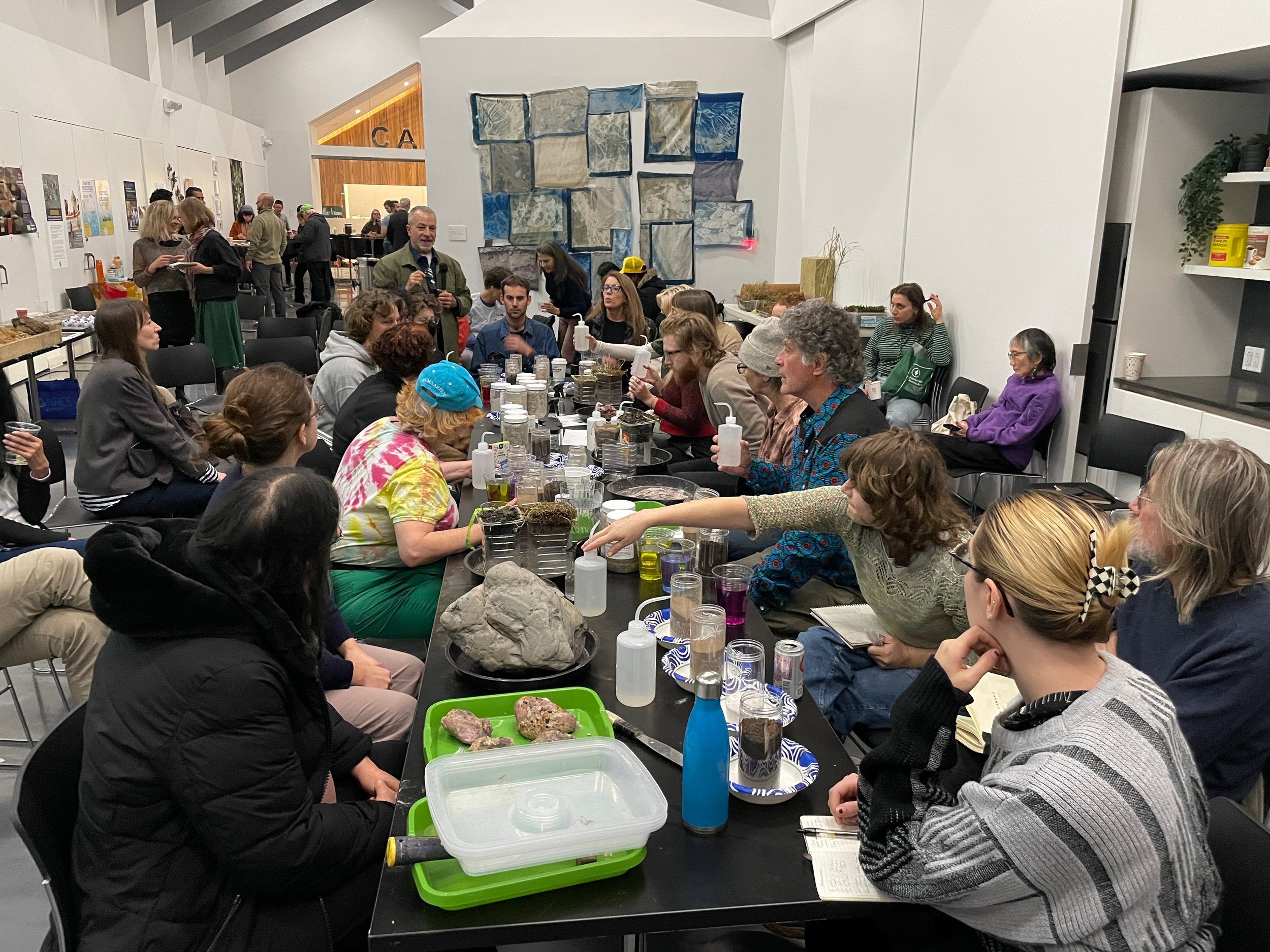

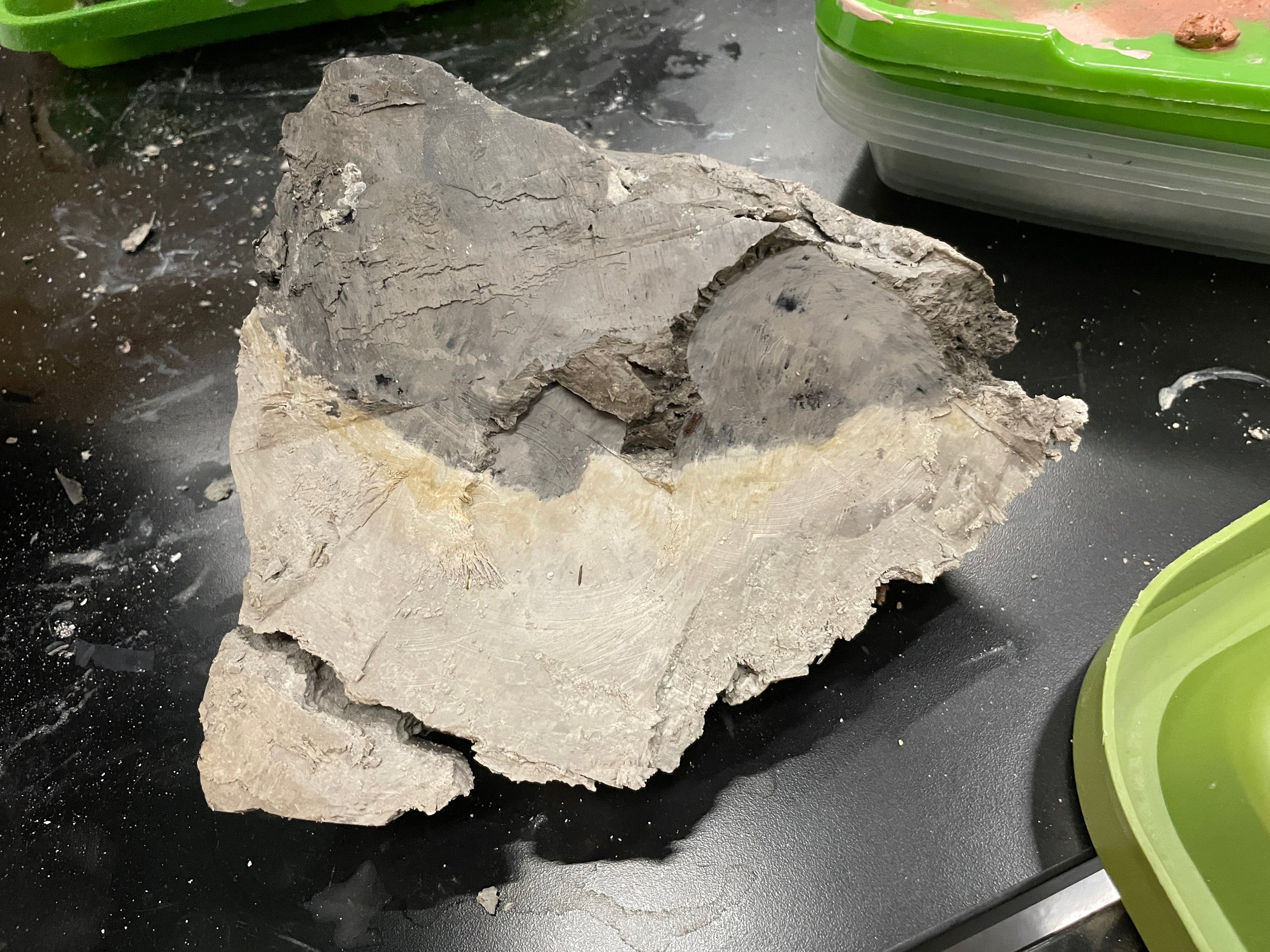
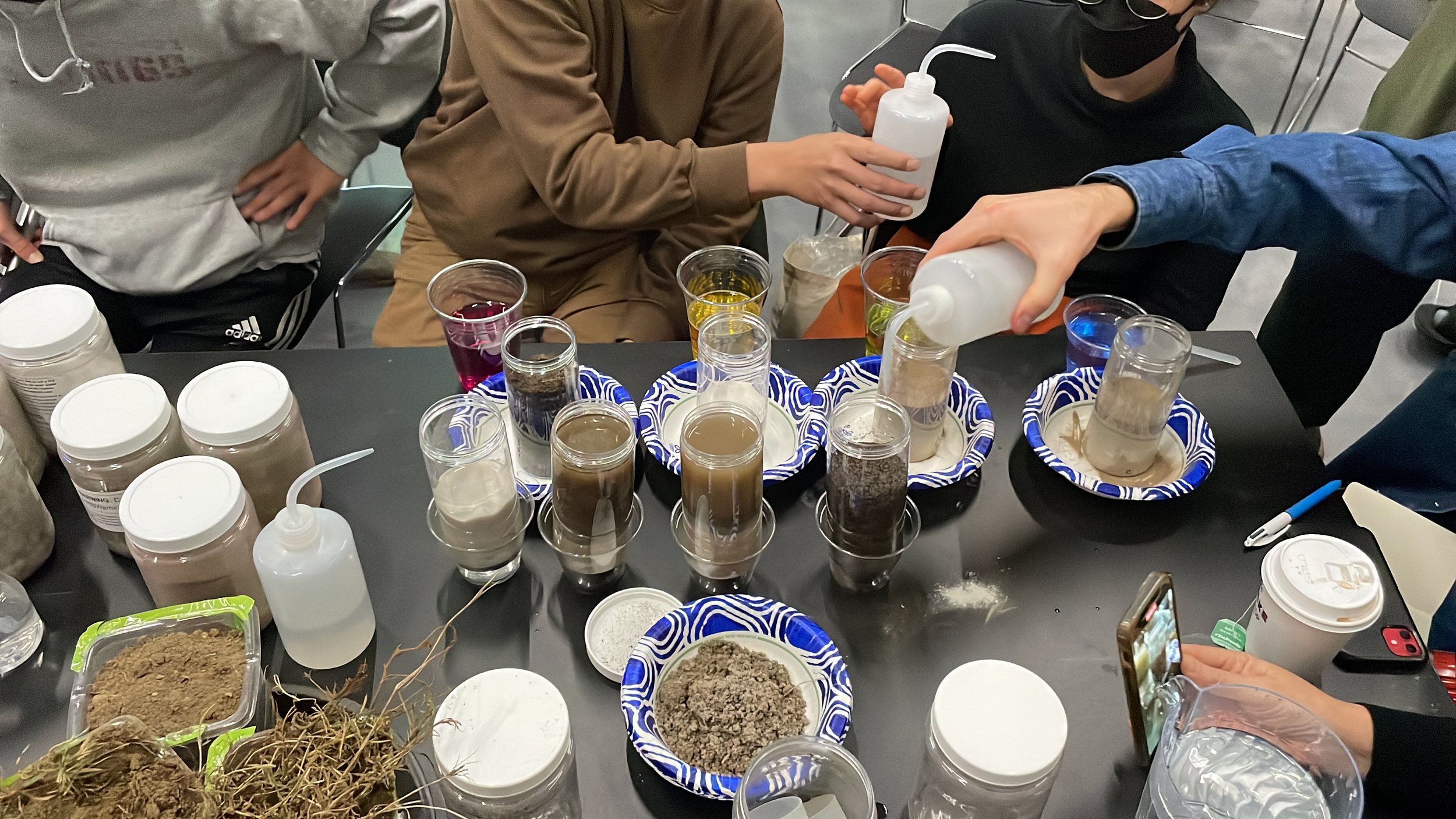
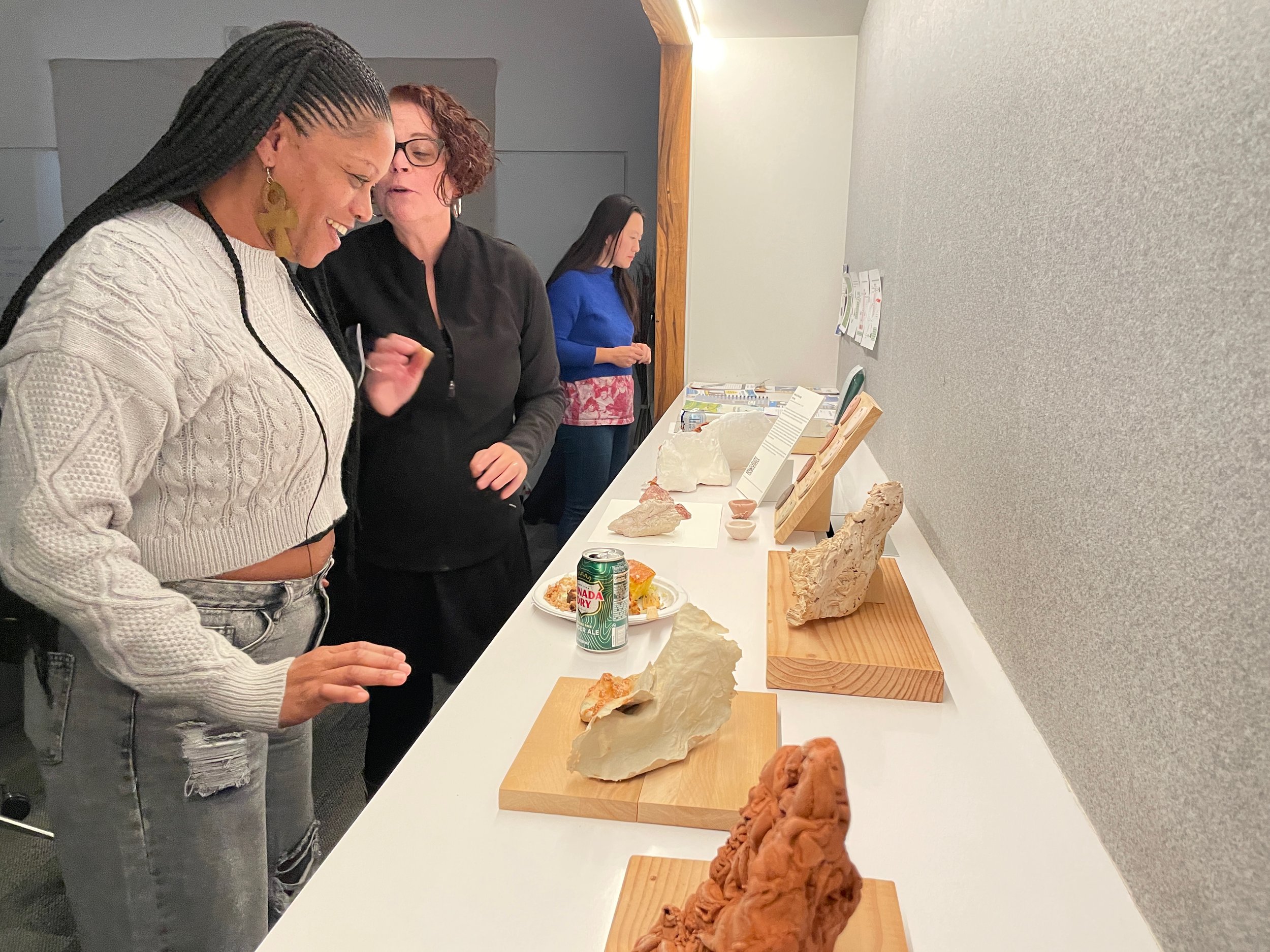
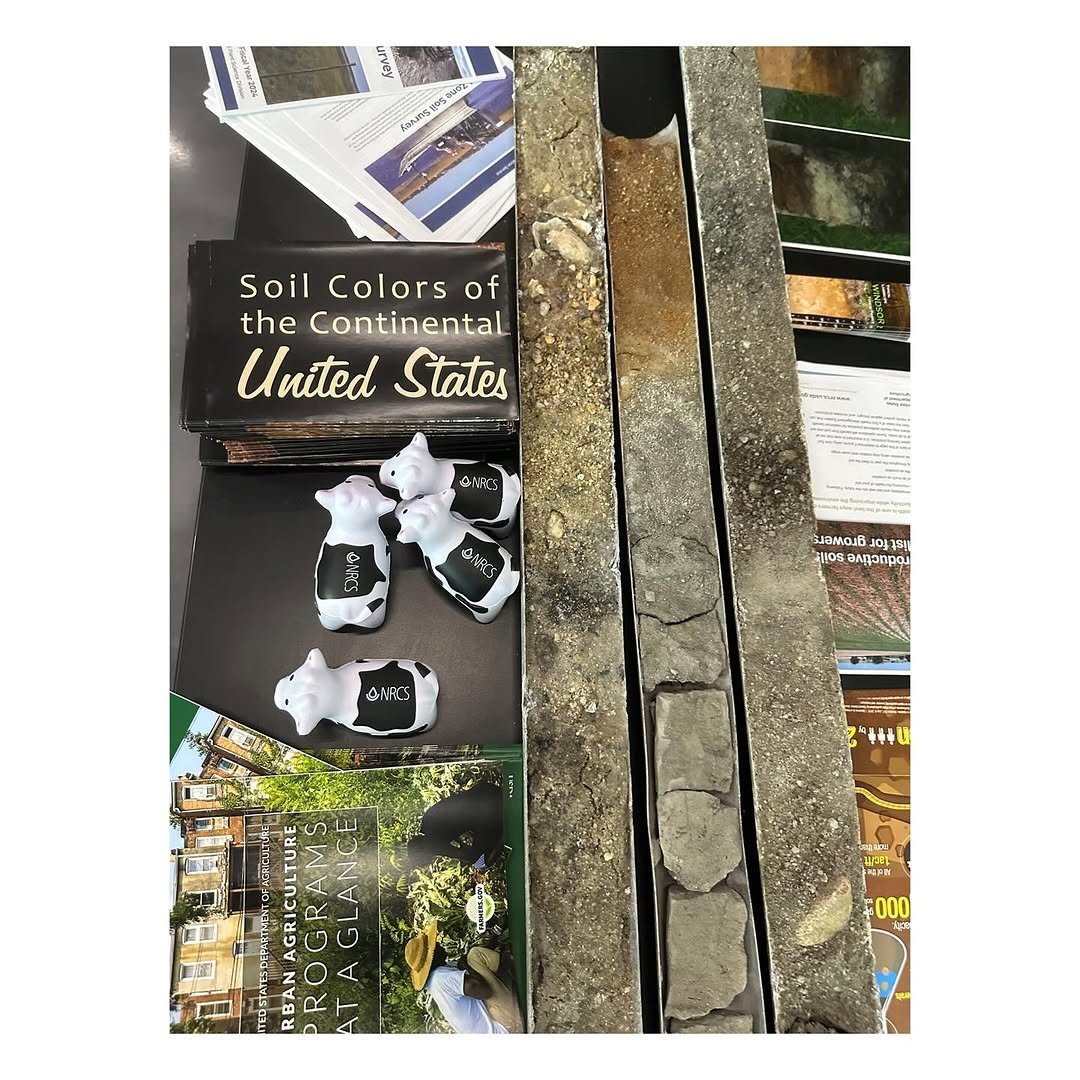
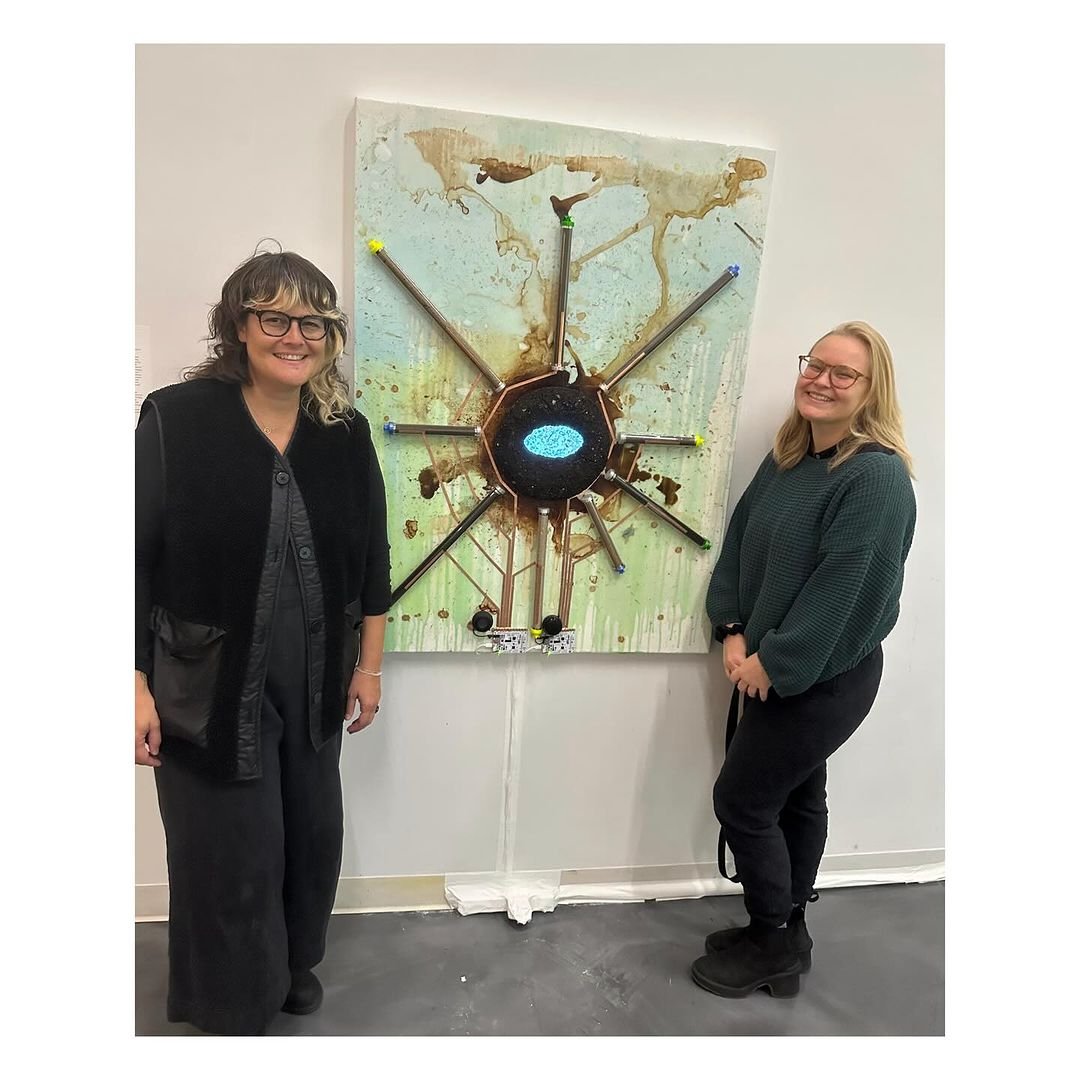
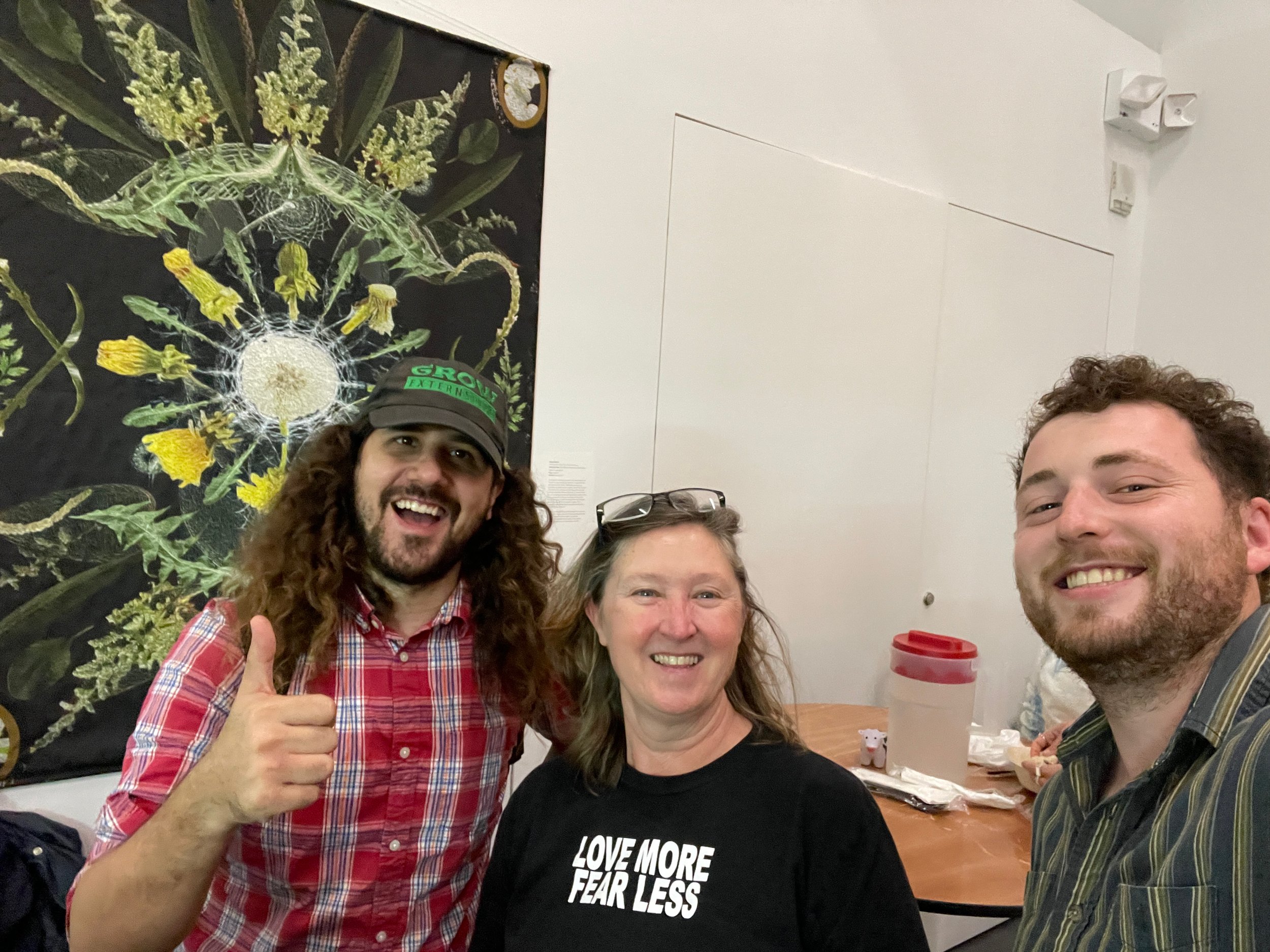
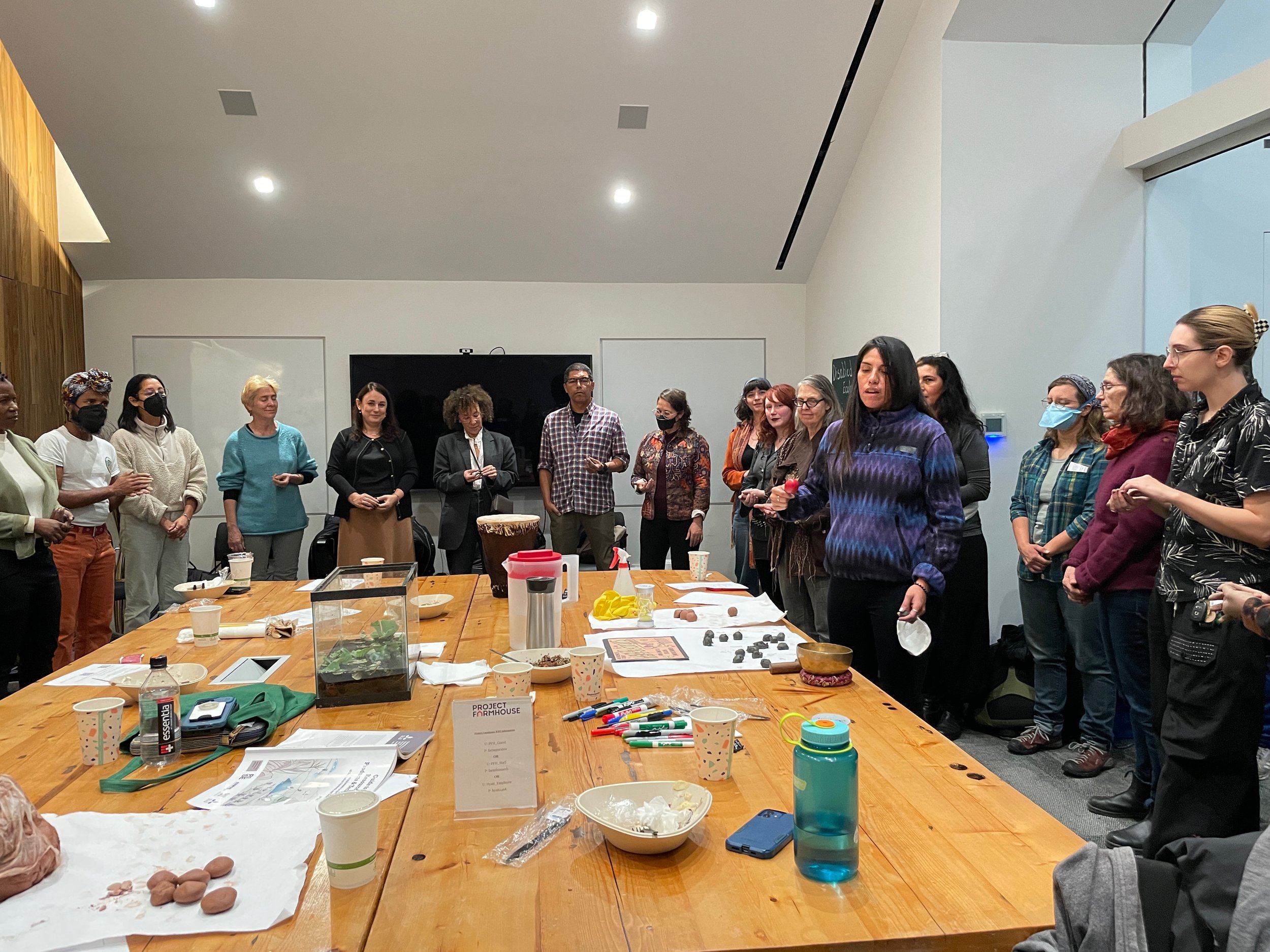
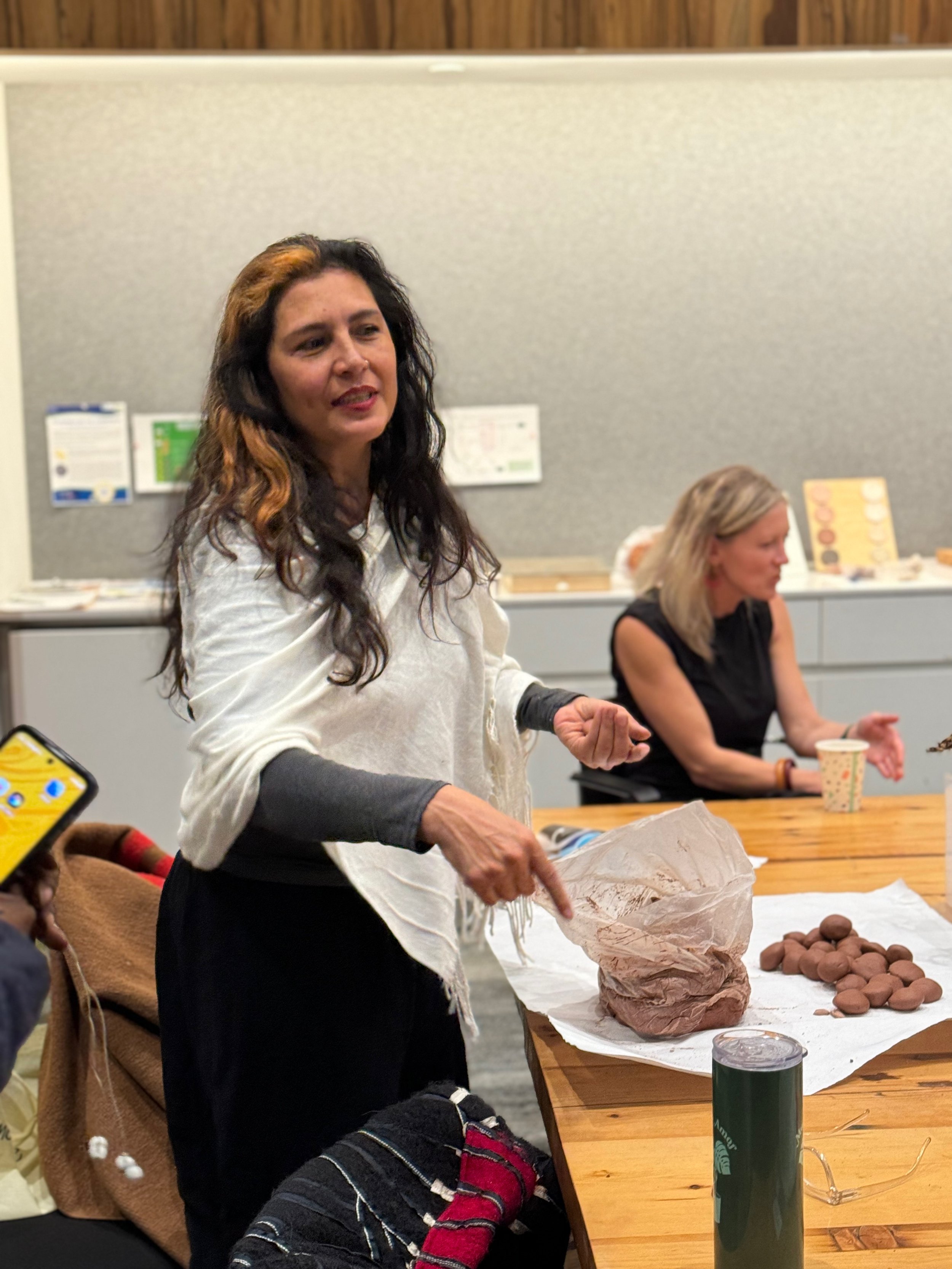
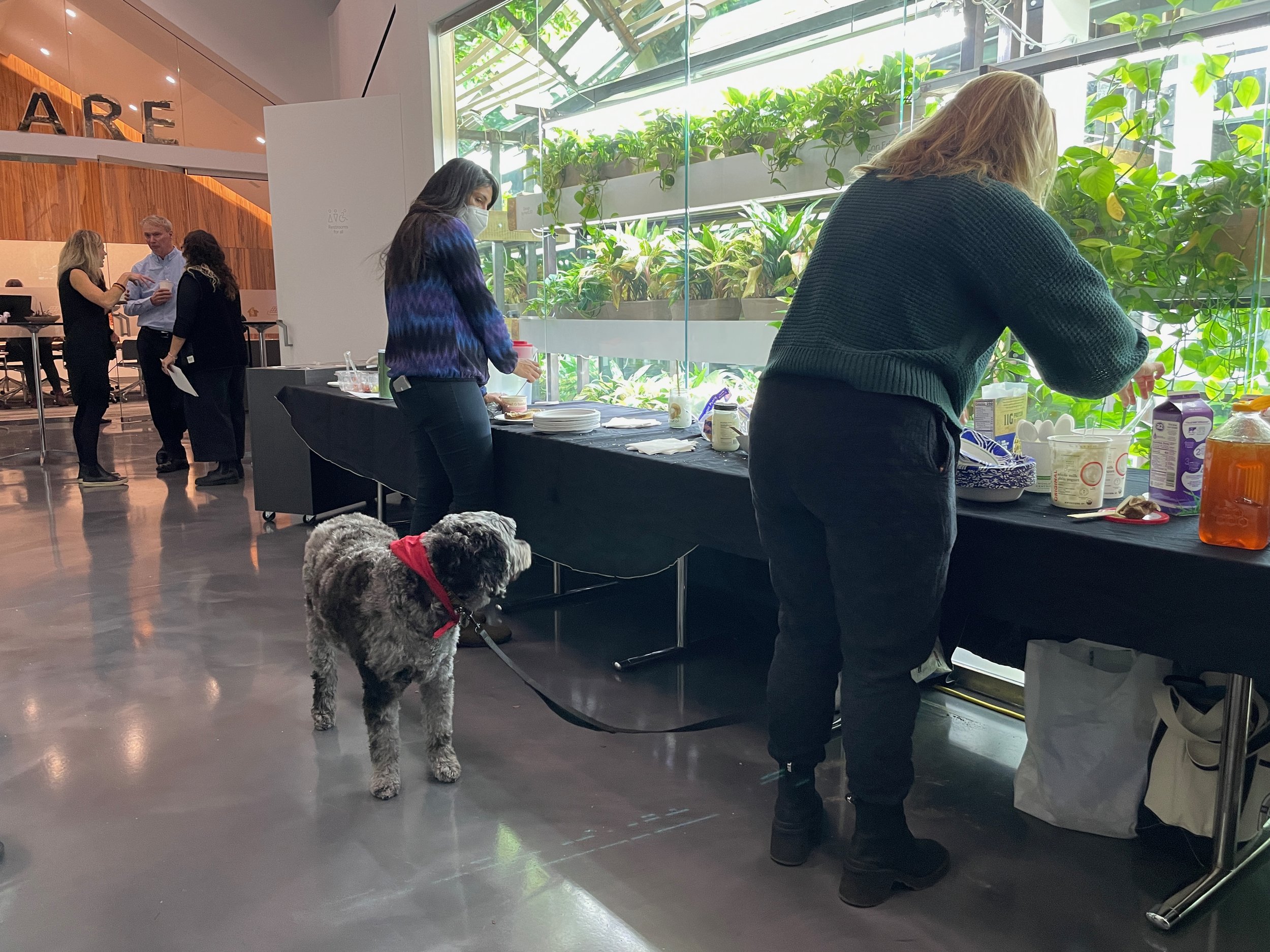
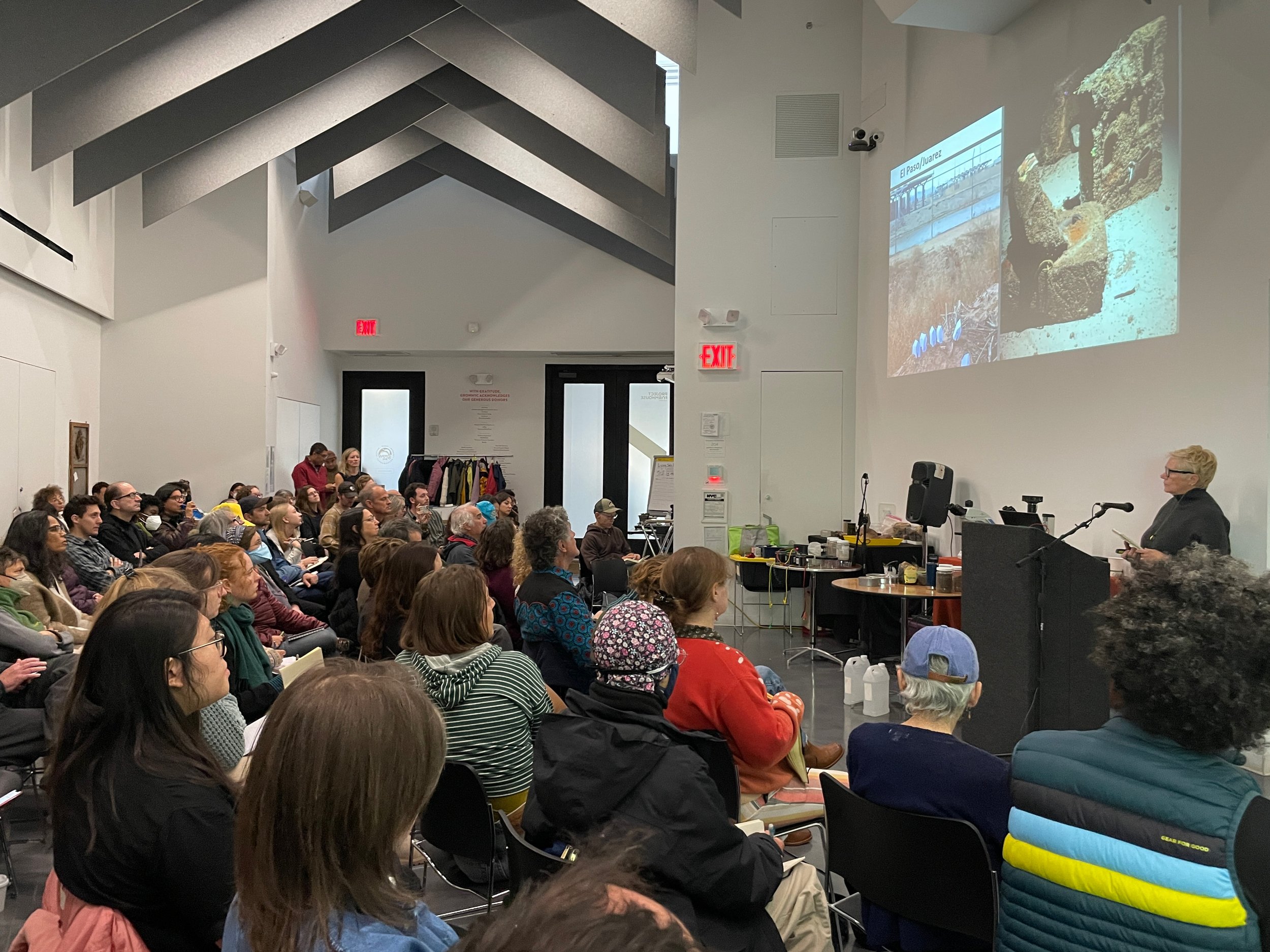

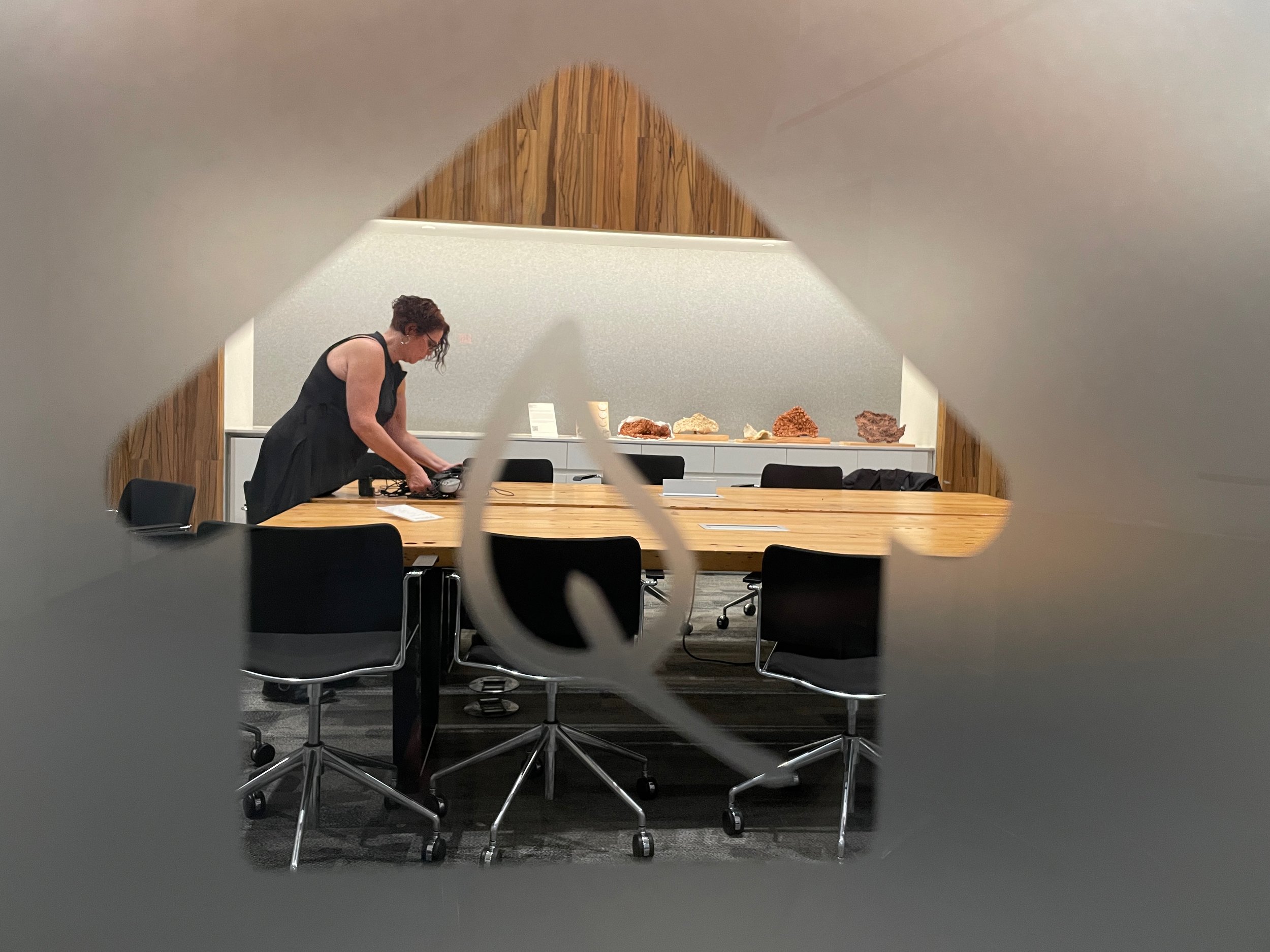
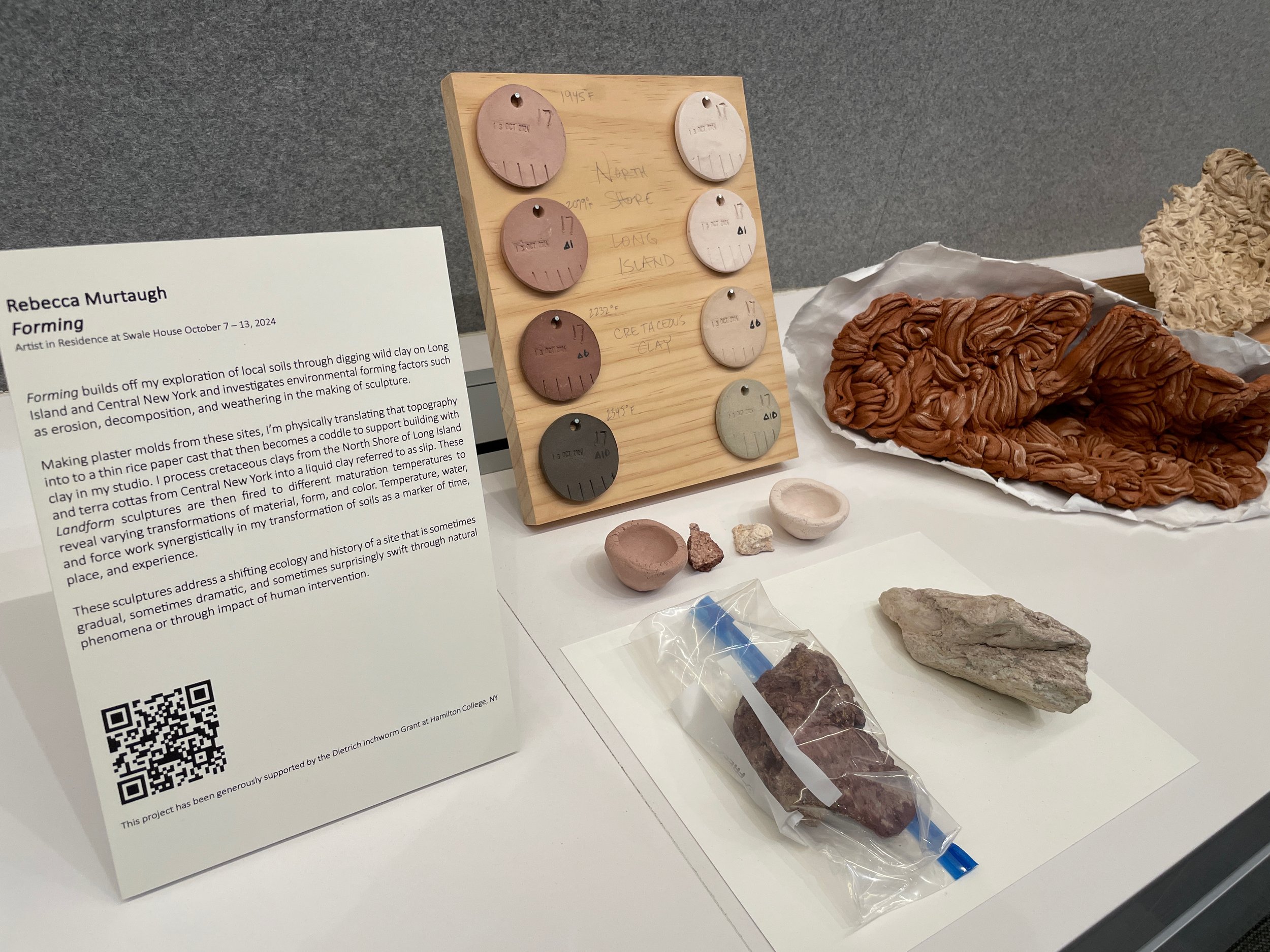
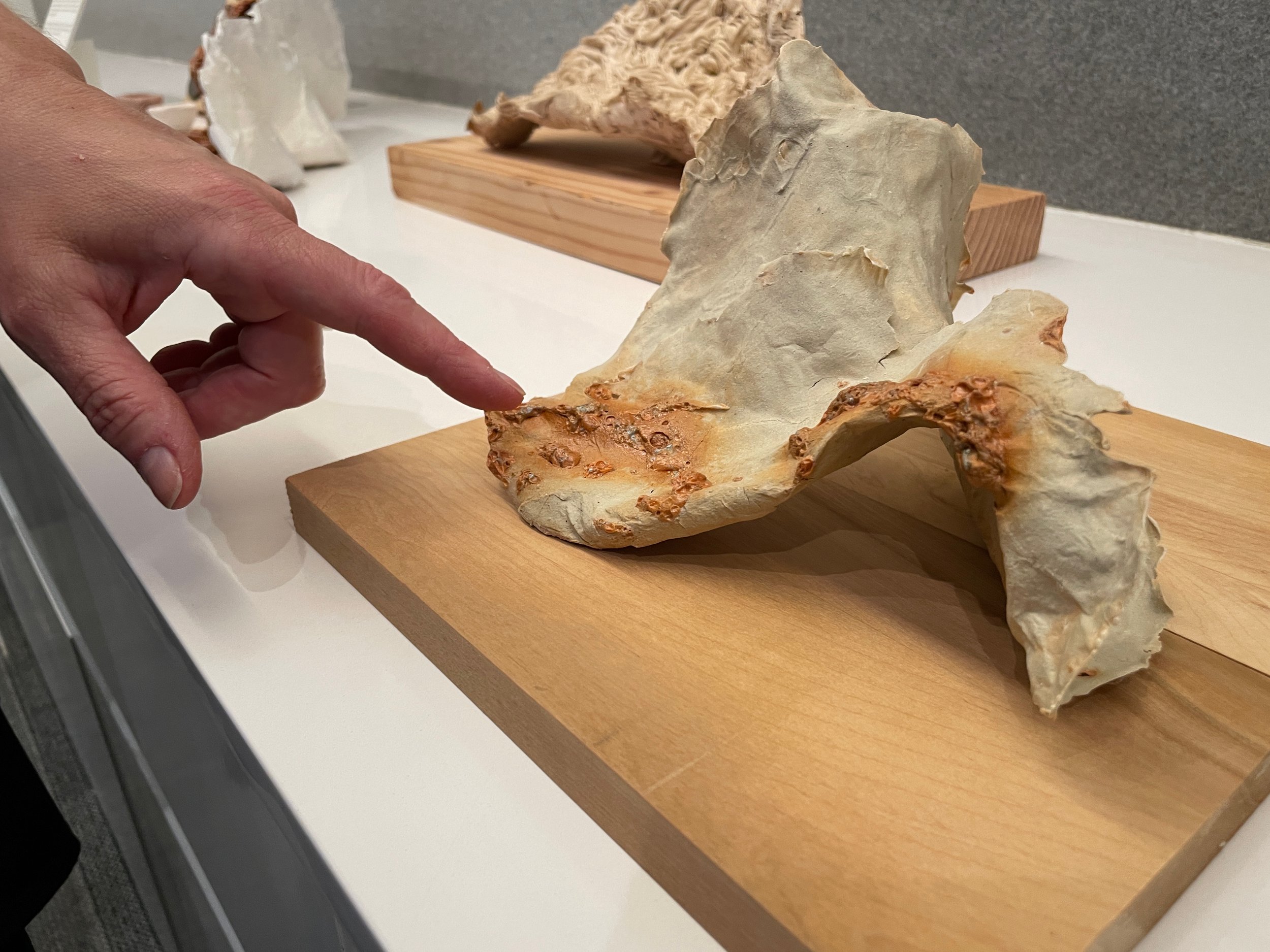















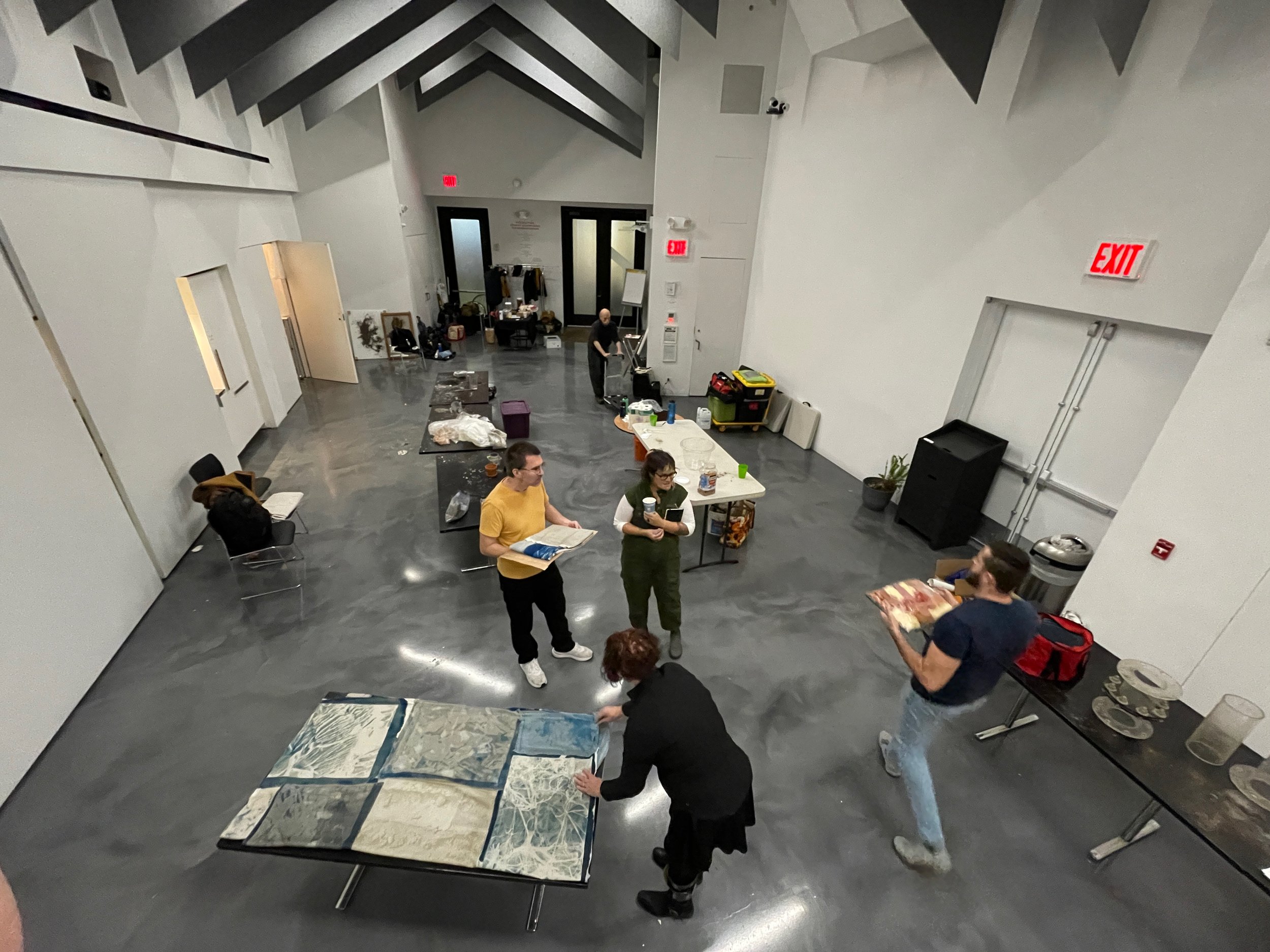
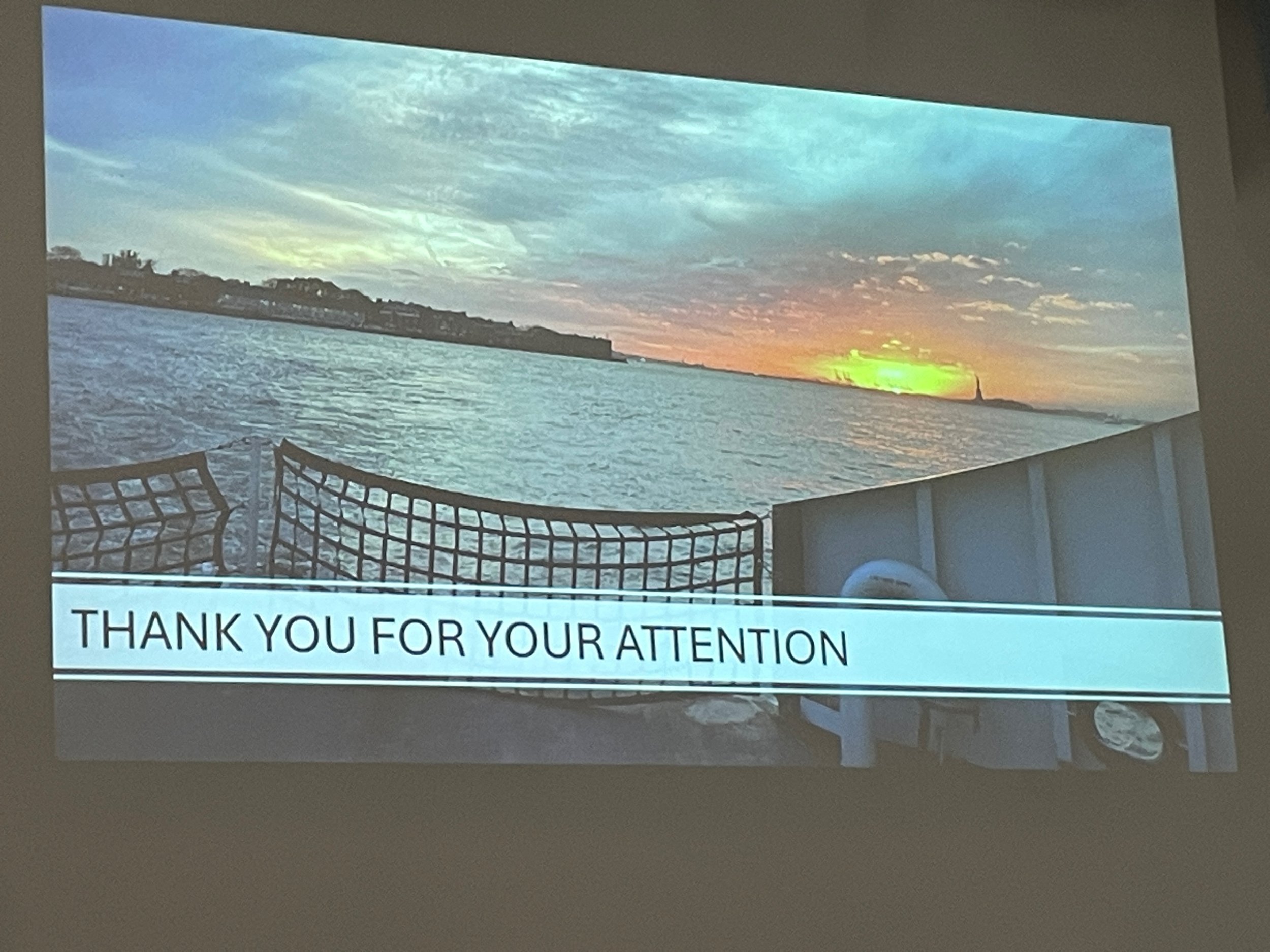
Contributors
-

Rami Abou-Khalil
Architect, Educator; Associate Principal, Skidmore, Owings & Merill LLP (SOM)
-
Journei Bimwala
Clinical Herbalist; Foraging practitioner; Educator; Artist; Founder, Each One Carry One
-

Margaret Boozer
Ceramicist; Founder, Red Dirt Studio; Co-Founder & Co-Director, USI Art Extension
-

Shalena Brown
Member, Team P.A.C.T; Fellow, Human Impacts Institute
-

Julia Cavicchi
Education Director, Rich Earth Institute
-

Ivi Diamantopoulou
Architect, Educator; Principal, New Affiliates
-

Diana Dushkova, PhD
Senior Researcher, Helmholtz Centre
for Environmental Research − UFZ -

Harvey Epstein
Assemblymember, New York State Assembly (74th District)
-

Vale Espinoza
Photographer; Farmer; Soil Health Advocate; Founder, Chicago Safe Soils Collective; Founder, Suelo Sano Inc. Land + Water Conservationist
-

Brian Fath, PhD
Professor, Department of Biological Sciences, Towson University
-

Daniel Fiscus, PhD
Sustainability Scientist,
Research Alliance for Regenerative Economics -

Greg Kiss
Architect; Managing Principal, Kiss + Cathcart
-

Max Lerner
International Sustainability Practitioner; Founder, Environmental Time Travel Project, Executive Director and Founder, GROW Externships
-

Lucinda Li, PhD
Environmental Engineer, Postdoctoral Associate, Cornell University
-

Paul S. Mankiewicz, PhD
Co-Founder, NYC Urban Soils Institute; Founder, The Gaia Institute; Chief Scientist / Co-Founder, Leaf Island
-

Camila A. Morales
Artist, Designer, Educator; Co-Founder, Buena Onda Art Collective
-

Donald Parizek
Soil Scientist, USDA-NRCS
-

Mike Rezny
Assistant Director, Green Space, GrowNYC
-

Randy Riddle
Soil Scientist; MLRA Soil Survey Office Leader, Natural Resources Conservation Service (USDA-NRCS)
-

Gisela Sanders-Alcántara
Producer; Educator; Disability Activist
-

Samuel S. T. Pressman
Holistic Landscape Designer, Builder, Educator; Founder, Samuel's Food Gardens
-

Tatiana Schreiber
Social Research Director, Rich Earth Institute
-

Richard Shaw, PhD
State Soil Scientist (ret.), USDA-NRCS
-
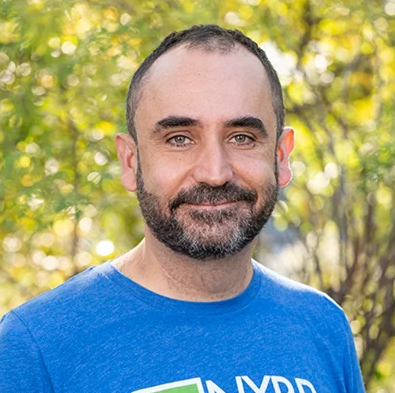
Jason Smith
Director - Northern Manhattan Parks, New York Restoration Project
-

Susan L. Smith, PhD
Artist, Educator;
Associate Professor of Research, University of Maine, Co-Director, USI Art Extension -
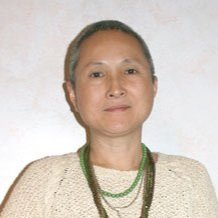
Shino Tanikawa
Executive Director, NYC Soil & Water Conservation District; Co-Founder, Urban Soils Institute
-

Marina Tsaplina
Interdisciplinary Eco-Puppetry Artist; Writer; Scholar; Artist-in-Resident, Henry Ford Health
-

Jim Turenne, Assistant State Soil Scientist, USDA-NRCS
Assistant State Soil Scientist, USDA-NRCS
-

Daniel C. Walsh, PhD
Founding Director, NYC Mayor's Office of Environmental Remediation;
Founder, Clean Soil Bank, NYC Voluntary Cleanup Program and NYC Green Property Certification Program -
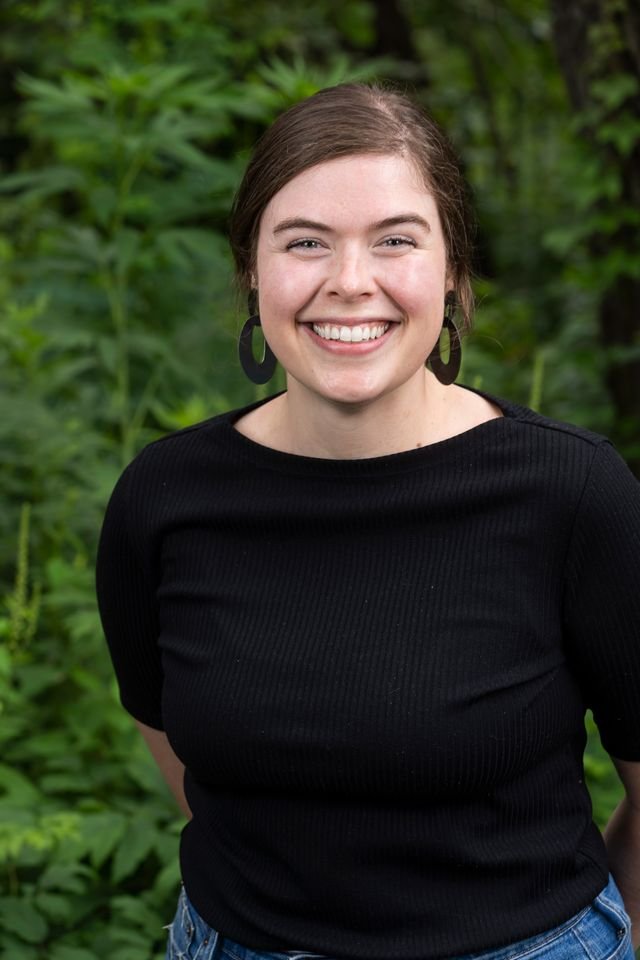
Lauren Wilson
Senior Director of Marketing & Communications, New York Restoration Project
-

Marion Yuen
Green Infrastructure Professional; President, The MYA Group
Format & Sessions
Friday, November 22, 2024
-
Opening \\ GrowNYC, USI, RUDN
Ecosystem Reparation & Urban Metabolism Repair: Fighting Fire with Fire \\ Dan Walsh, PhD
Challenges for Urban Metabolism Repair: The Path Ahead \\ Dan Walsh, PhD
Politics of Soil \\ Susan Smith, PhD
How NYC Can Support Soil Health Through Composting \\ Assemblymember Harvey EpsteinSession Moderated by George Lozefski
Urban Soil Survey & Classification + Artesols \\ Randy Riddle + NRCS Team
3-YR Ecological Transformation @ East Flatbush Rehabilitation Haven \\ Marion Yuen + Sam S. T. Pressman
Sustainable Urban Metabolism \\ Greg Kiss
Coastal Zone Survey of Long Island Sound, Part 1 \\ Donald Parizek
Making the First Ever Map of Manhattan’s Coastal Soils \\ Jason Smith + Lauren WilsonSession moderated by Mike Rezny
-
Session consists of 3 blocks, with two workshops happening concurrently during each block. Attendees not interested in either workshop may network in the common area or enjoy lower Manhattan and return later.
—- Block 1 Choice of one: —-
[12:45] Living Soils Rising Part 1 \\ Journei Bimwala, Margaret Boozer, Valentine Espinoza, Gisela Sanders, Shino Tanikawa, Marina "Heron" Tsaplina
Ask Anything Soils Forum & Soils Survey \\ Richard K Shaw, PhD + NRCS Team—- Block 2 Choice of one: —-
Soils Mesocosms: Building and Experimenting to See Soils at Work \\ USI Staff - Register Here
Exploring RECLAIM - A Collective Game About Resource Recovery from Sanitation Systems \\ Julia Cavicchi + Tatiana Schreiber—- Block 3 Choice of one: —-
Radical Metabolism Repair & Foundations for Sustainability \\ Dan Walsh + Paul Mankiewicz + Max Lerner
Collaborating the Living Laboratory for the People’s Garden \\ USI Staff + Rich Earth Institute
Saturday, November 23, 2024
-
Opening \\ George Lozefski + USI Team + RUDN
Metabolism of Soils & Cities \\ Paul Mankiewicz, PhD
Carbon Stocks in NYC Soils \\ Richard K. Shaw, PhD
Pee the Change! Urine Nutrient Recycling for Sustainable Food Systems \\ Julia Cavicchi + Tatiana Schreiber + Lucinda LiSession moderated by Brian Fath
Tailored Empowerment Program as a Strategy for Sustainable Transition \\ Diana Dushkova
ISO SOILS \\ Rami Abou-Khalil + Ivi Diamantopoulou + Syracuse Architecture NYC F24 Cohort
Rose from Concrete \\ Shalena Brown
Creating Tangible Progress for Food Sovereignty \\ Max Lerner
Sedemeditations \\ Camila Morales & Buenda Onda CollectiveSession moderated by George Lozefski
-
Session consists of 3 blocks, with two workshops happening concurrently during each block. Attendees not interested in either workshop may network in the common area or enjoy lower Manhattan and return later.
—- Block 1 Choice of one: —-
Living Soils Rising Part 2 \\ Journei Bimwala, Margaret Boozer, Valentine Espinoza, Gisela Sanders, Shino Tanikawa, Marina "Heron" Tsaplina
Ask Anything Soils Forum & Soils Survey \\ Richard K Shaw, PhD + NRCS Team—- Block 2 Choice of one: —-
Soils Mesocosms: Building and Experimenting to See Soils at Work \\ USI Staff - Register Here
Listening Session: Human Waste as Fertilizer \\ Julia Cavicchi + Tatiana Schreiber—- Block 3 Choice of one: —-
Radical Metabolism Repair & Foundations for Sustainability \\ Dan Walsh + Paul Mankiewicz + Max Lerner
Collaborating the Living Lab for the People’s Garden \\ USI Staff + Rich Earth Institute
Interactive Workshop Descriptions
-
Hosted by USI
Please note that due to the structure of this workshop and space requirements for each participant, advance registration is required. This workshop is free; however, priority will be given to registrants for participation.
Earth, Sky, and Water. Look and see the intricate structures that Nature designs and constructs in harmony with all living things to provide the ecosystem services needed to sustain Life. Take a look in real time and observe the complexities and interconnectedness of soils. Observe experiments on soil from different types of terrestrial and aquatic ecosystems to understand how we impact and affect the dynamic biogeochemical functions and parameters created by nature. Build your own soil ecosystem! Join the mesocosm club, to design experiments and develop learning tools using mesocosms. Bring to life and explore the ecosystem services that are key to sustainability and offer opportunities for metabolism repair. These mesocosms can be built to understand ways to deal with diverse challenges such as the urban waste stream, human health, nutrient quality of food, and food sovereignty. We can only achieve true sustainability when we work in harmony with Nature, tipping the balance of beneficial and non-beneficial creatures towards greater symbiotic relationships that support the health and wellbeing of all life on Earth.
Please note: This is intended to be a hands-on workshop, but due to logistical challenges, we had to readjust the format and will no longer be creating mesocosms individually. Instead, we will build a number of soils mesocosms for you to work with for the duration of the workshop and teach you how to build your own.
Participation Requirements:
Mandatory sign up for the workshop using this form
You no longer have to bring a container - we will distribute pre-made soil mesocosms for you to explore
-
Living Soils Manifesto (Part 1) - Nov. 22
Living Soils Manifesto (Part 2) - Nov. 23
PART 1 DESCRIPTION - LIVING SOILS RISING
On Friday November 22, our goal is to begin developing a multi-vocal, intersectional political poem / manifesto for the soils that will be collectively authored and generated. We won't finish writing Living Soils Rising during these two workshops, but rather will lay the foundational seeds for it.
We will be working in small working groups, divided by 4 themes:
Disabled ecologies & disability wisdom
BIPOC Ancestral knowledges, traumas, wisdom
Settler traumas & responsibilities
Queer & Trans wisdom
Please note: We will be starting the Living Soils Rising Friday workshop at the mid-way point of the Symposium lunch hour (12:45 PM). Given the sensitivity of the process, we ask for all participants in these workshops to arrive a few minutes early so that we can collectively begin the process together. Friday's workshop is a smaller group, with a limit of 25 participants.
We would love to stay in touch with all contributors as the project grows, and to bring the Living Soils Rising workshops to as many communities as we can. Please be in touch!
Led by: Journei Bimwala, Margaret Boozer, Valentine Espinoza, Gisela Sanders, Shino Tanikawa, Marina "Heron" Tsaplina
PART 2 DESCRIPTION: LIVING SOILS RISING
On Saturday November 23, we will share back the key thoughts, feelings, ideas that took place on Friday, and then we will break-out into shorter working groups (20 minutes) to reflect on what was voiced on Friday. The Saturday group will add new thoughts, dreamings, questions and articulations to the work that took place on Friday, and then we will do 1-minute share-backs to the whole group to close the session.
Saturday's workshop will be a larger group gathering for up to 75 people. The small working groups will again be divided by 4 themes:
Disabled ecologies & disability wisdom
BIPOC Ancestral knowledges, traumas, wisdom
Settler traumas & responsibilities
Queer & Trans wisdom
We would love to stay in touch with all contributors as the project grows, and to bring the Living Soils Rising workshops to as many communities as we can. Please be in touch!
-
Hosted by: Rich Earth Institute; Julia Cavicchi & Tatiana Schreiber
Workshop participants will team up to play RECLAIM. In this interactive board game, participants will learn about strategies for resource recovery from sanitation while adapting and collaborating with other players. RECLAIM was produced by SLU (the Swedish University of Agricultural Sciences) via their Sanitation Planning for Alternative Nutrient-recovery Systems (SPANS) project through a co-design process with different stakeholders in both Sweden and Uganda.
-
Hosted by: Rich Earth Institute; Julia Cavicchi & Tatiana Schreiber
In this workshop, we will collaborate with participants to explore opportunities to complete the food nutrient cycle in an urban context. Together, we will consider the different pieces of the nutrient network puzzle that must come together to complete the food nutrient cycle. Elements discussed will include farmer partnerships, treatment technology options, permitting pathways, urine collection sources, social/cultural perspectives, and community organizing strategies.
Past Symposium Event
Dig Deep Soil Pit Workshop
Thursday, October 3, 2024
As part of our first event in the Take Care series and warm-up to the 9th Annual Urban Soils Symposium, we were thrilled to host over 70 participants at the Dig Deep Soil Pit Workshop, held on Thursday, October 3rd, 2024 at Green-Wood Cemetery in Brooklyn, NY.
As part of their mission, the Natural Resources Conservation Service (USDA-NRCS) is tasked with mapping and describing America’s rich and varied soils and soil pits are the main way to perform this important task, however, few folks actually get the opportunity to see soil scientists in action. We are very grateful to soil scientists Dr. Richard Shaw and Donald Parizek for ‘uncovering’ the unique characteristics of Green-Wood to event participants.
Photo Credit: Gil Lopez; Syracuse School of Architecture
Collaborators
Privacy Statement: Privacy & Data Statement: When you submit or present your work at an in-person event or virtual event, you agree to allow NYC Urban Soils Institute (USI), and NYC Soil & Water Conservation District to feature your video/presentation/submitted work on the USI website and/or USI YouTube channel and livestream your video/presentation/submitted work if presenting live, unless explicitly requested otherwise. Full authorship credits will be attributed to the presenter and any other entities associated with the creation of the video/presentation/submitted work at the presenter’s behest. Any copyrighted content, including images, audio content and quotes, featured in the video presentation/submitted work is not claimed as property of the NYC Urban Soils Institute, NYC Soil & Water Conservation District, or event collaborators. It is the author’s responsibility to properly source, provide credit, obtain permission for all necessary content featured in their work.
If you are presenting and/or participating in the discussions or workshops held or sponsored by the NYC Urban Soils Institute, NYC Soil & Water Conservation District, or collaborators, you consent to group photos. If you choose not to be included, please inform a staff member that you do not wish to be photographed, and in the case of virtual meetings, turn off your video and use a pseudonym for your Zoom profile.
Copyright © 2024 NYC Urban Soils Institute, All rights reserved.















